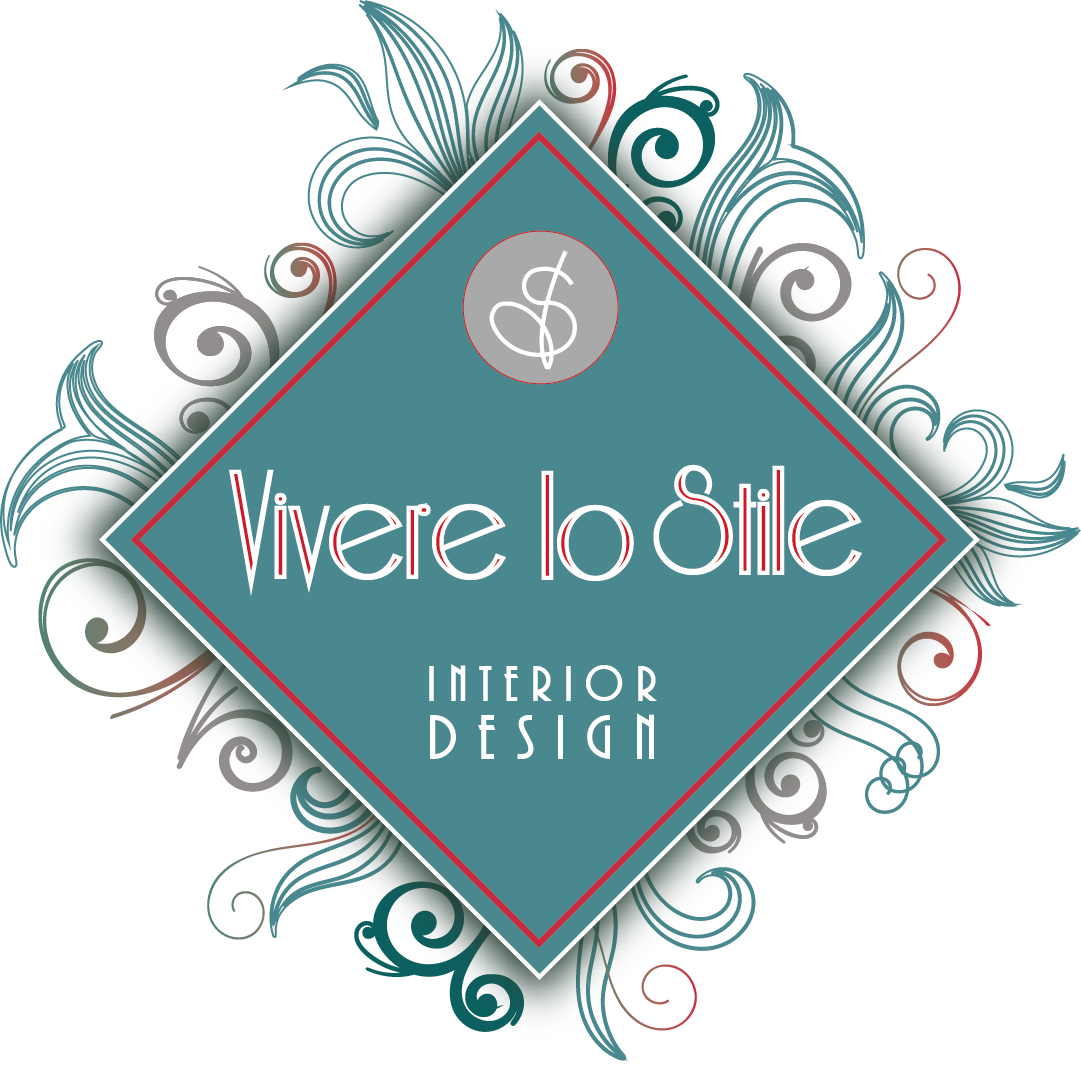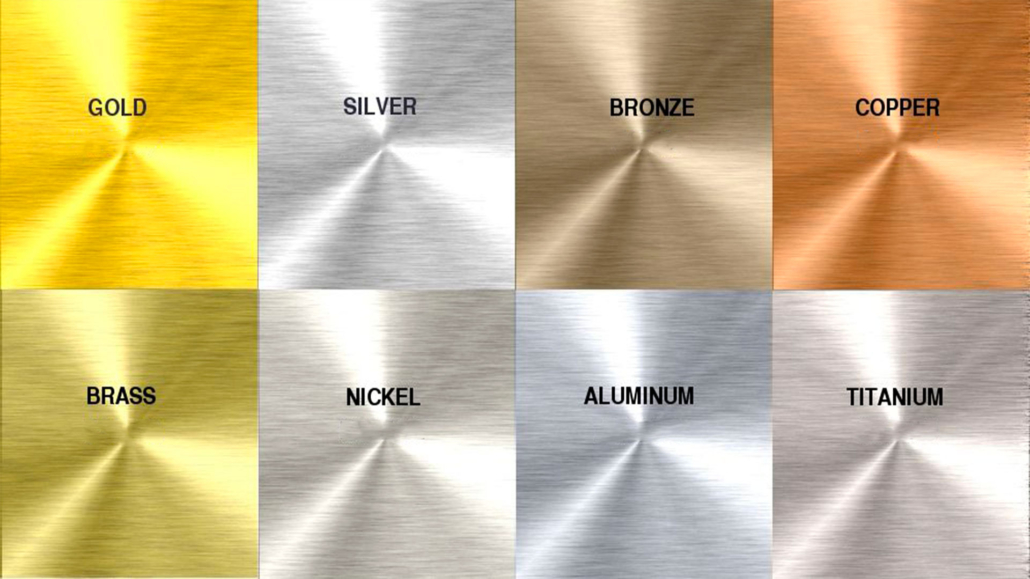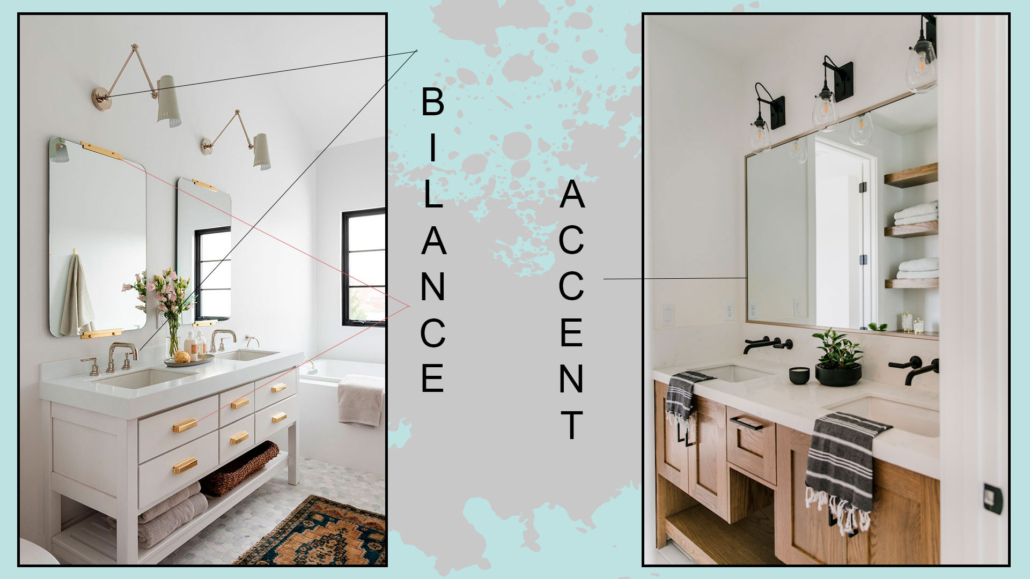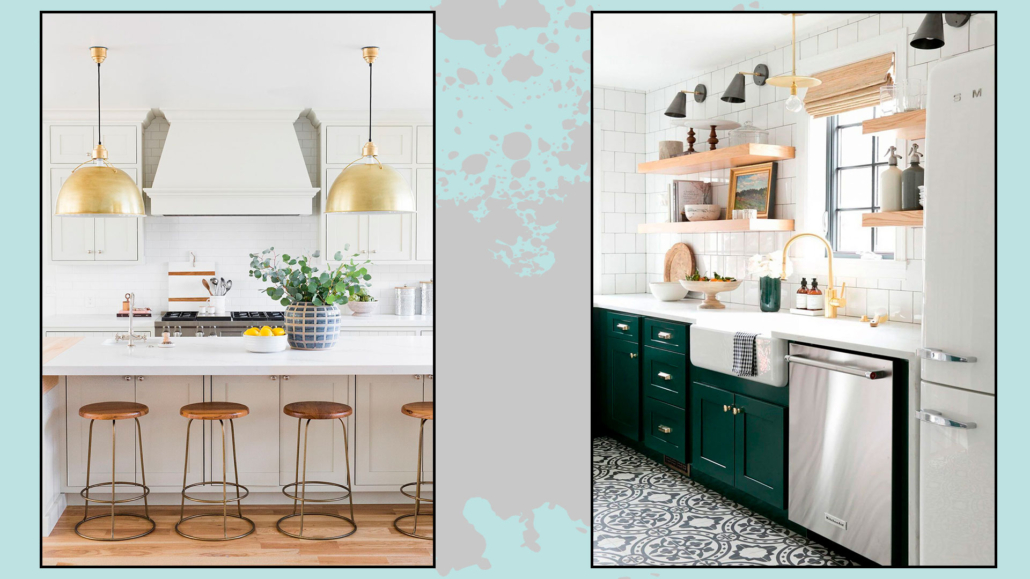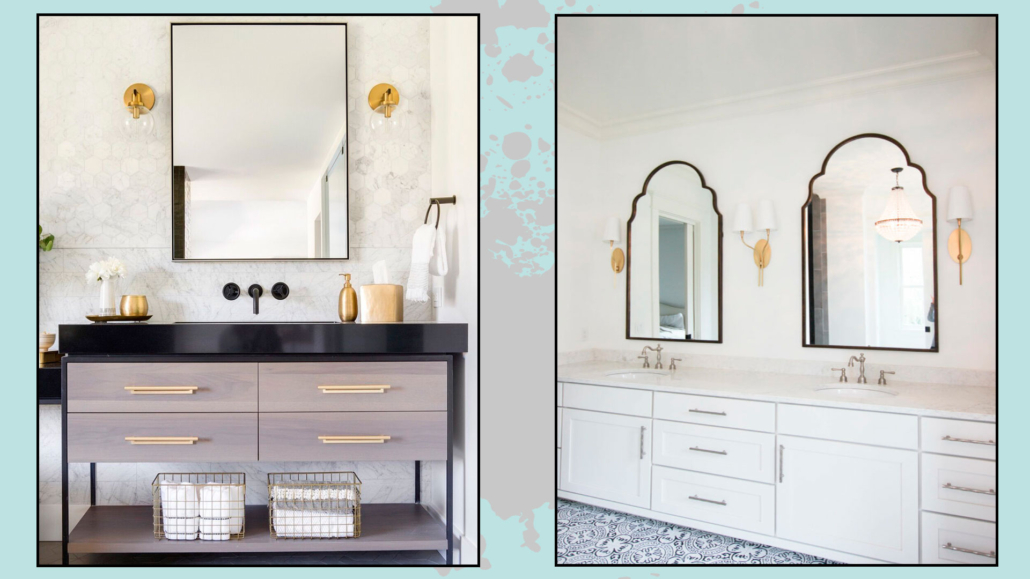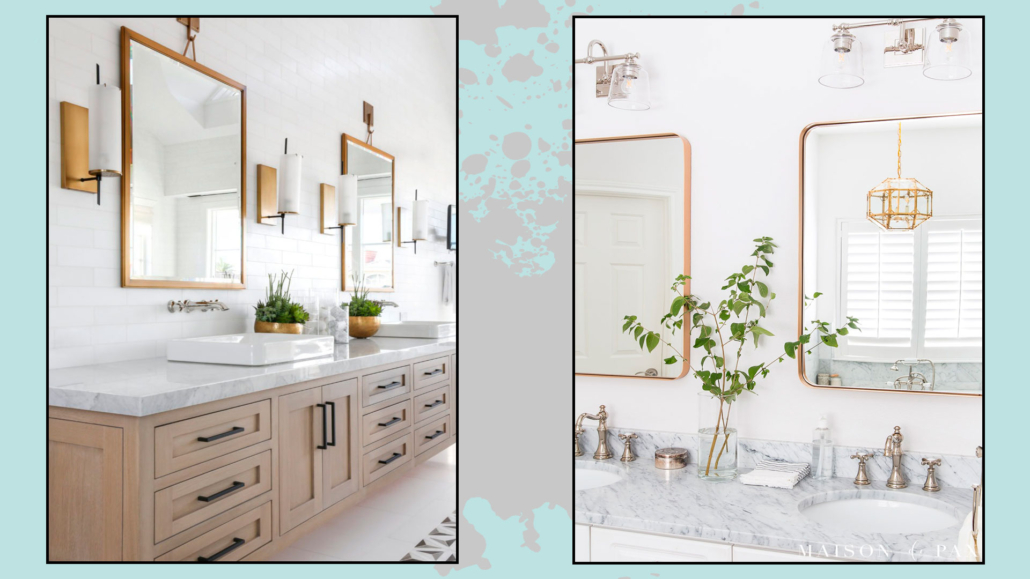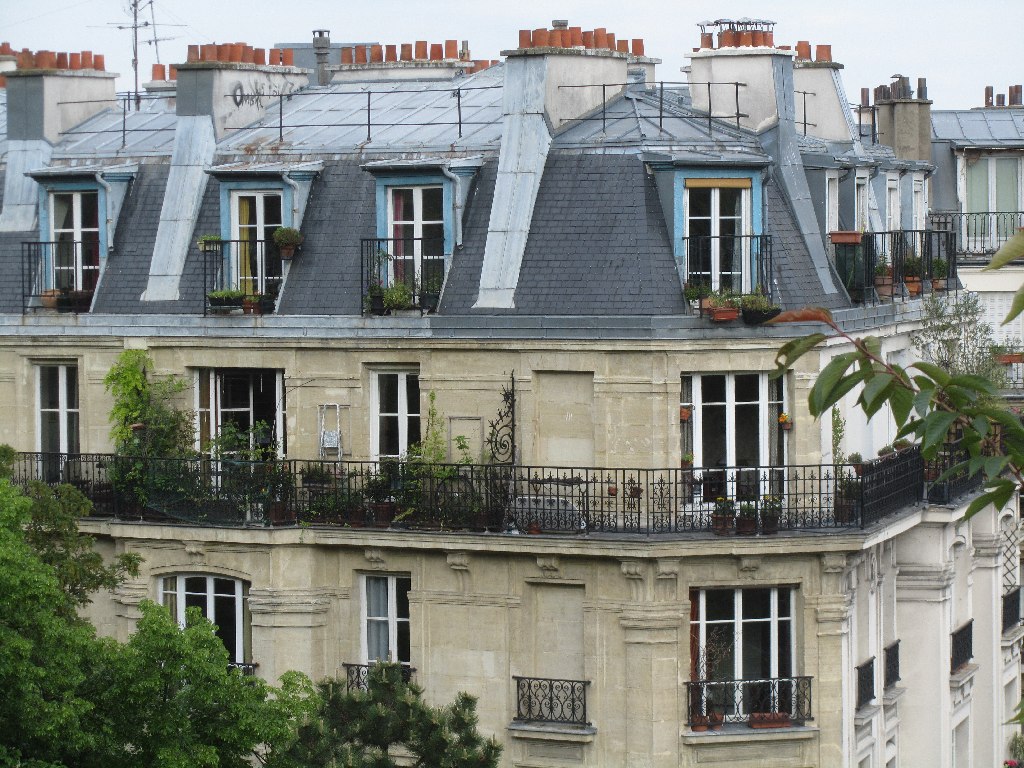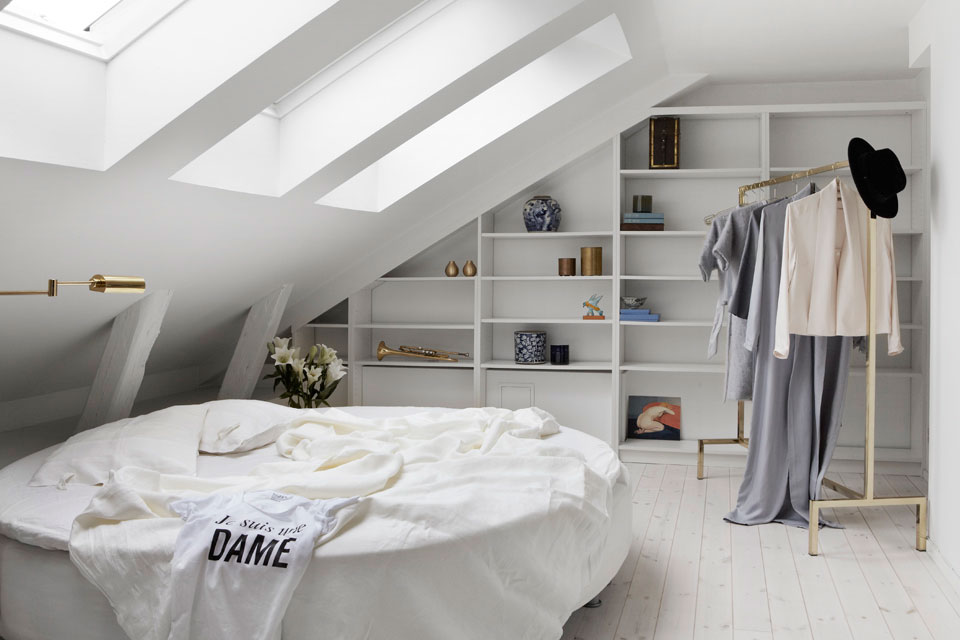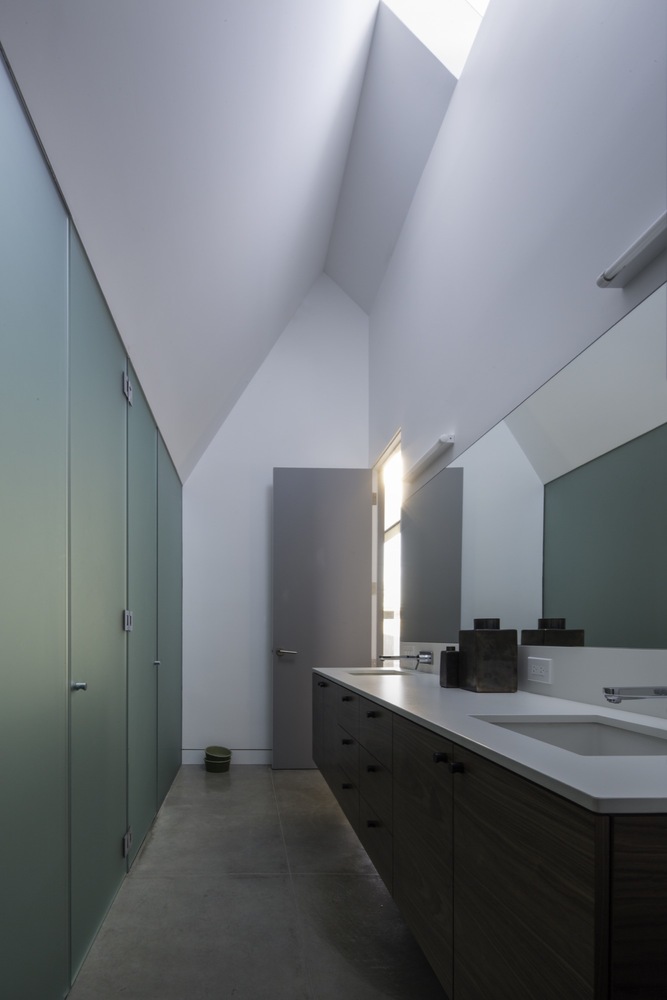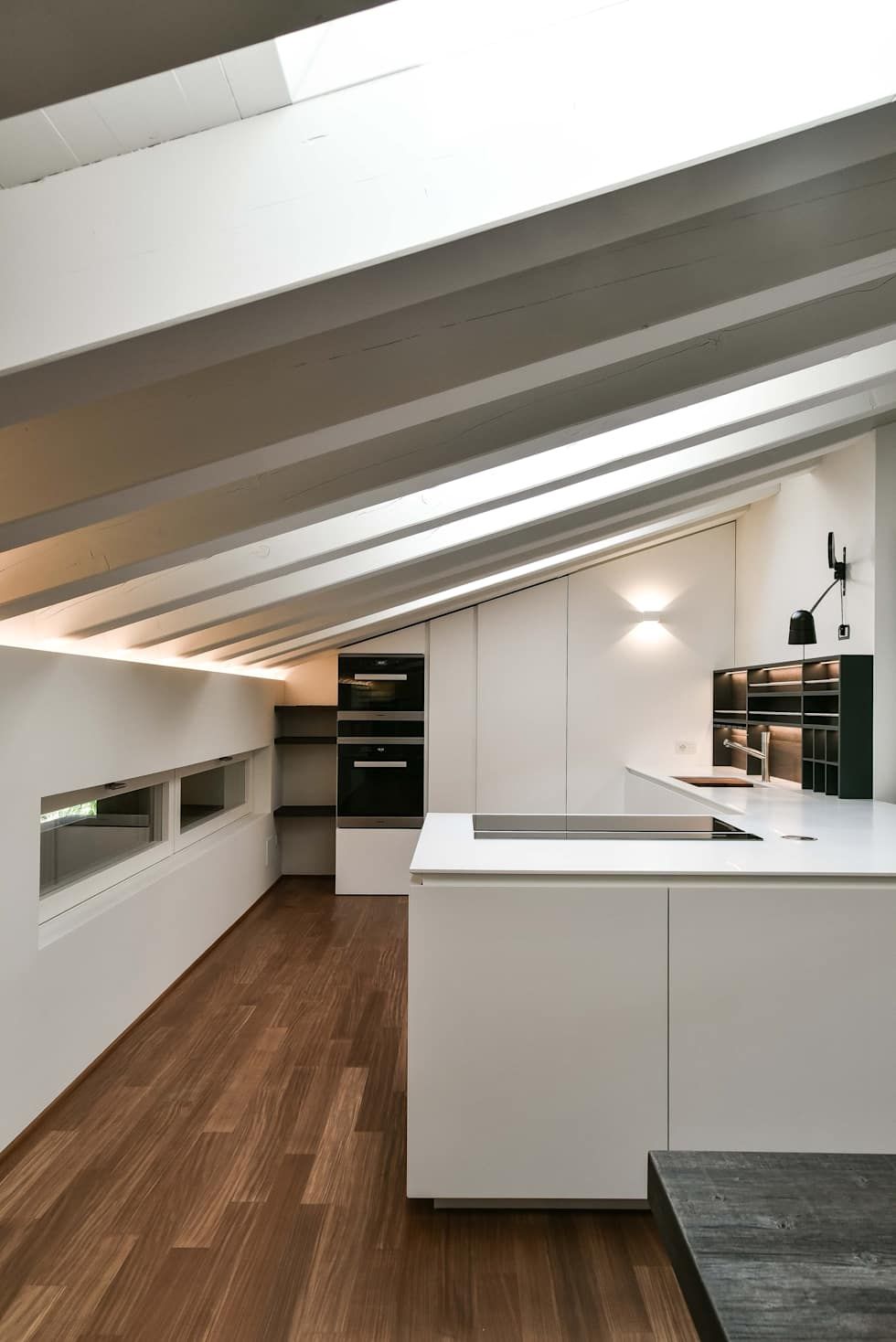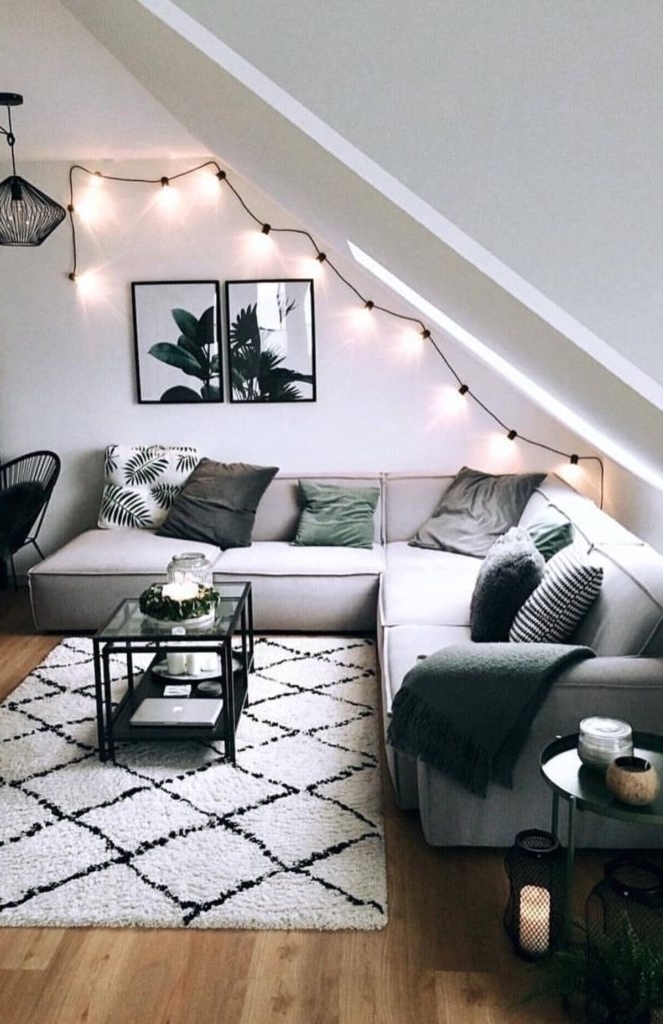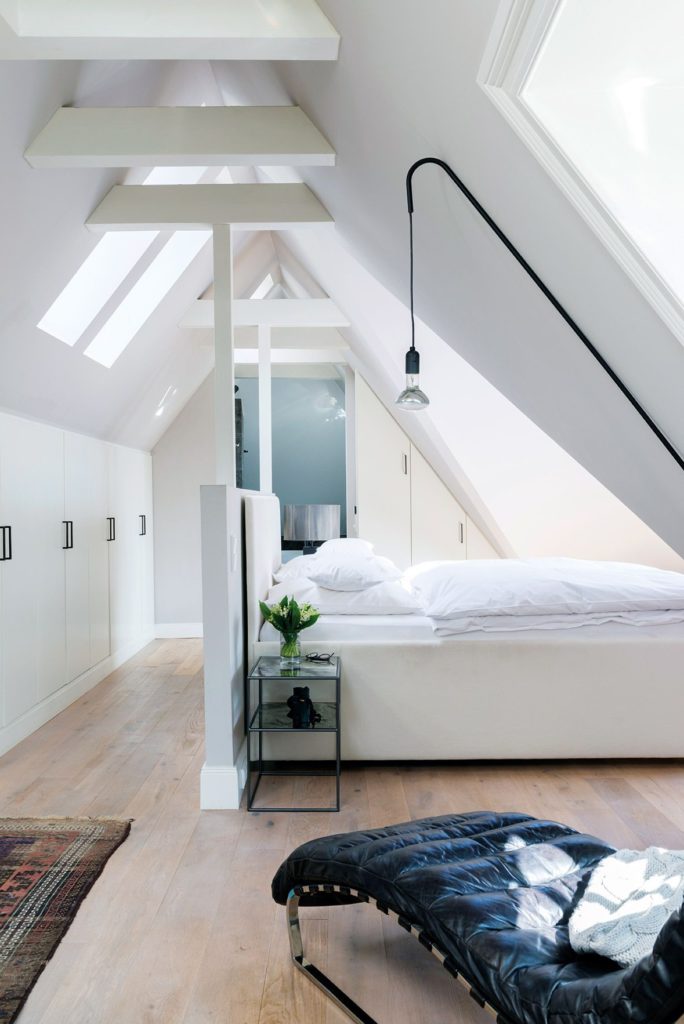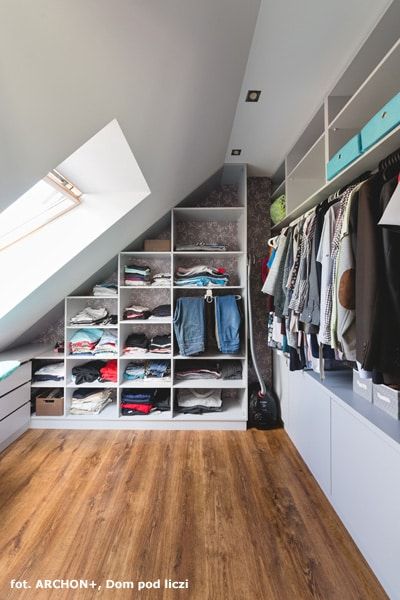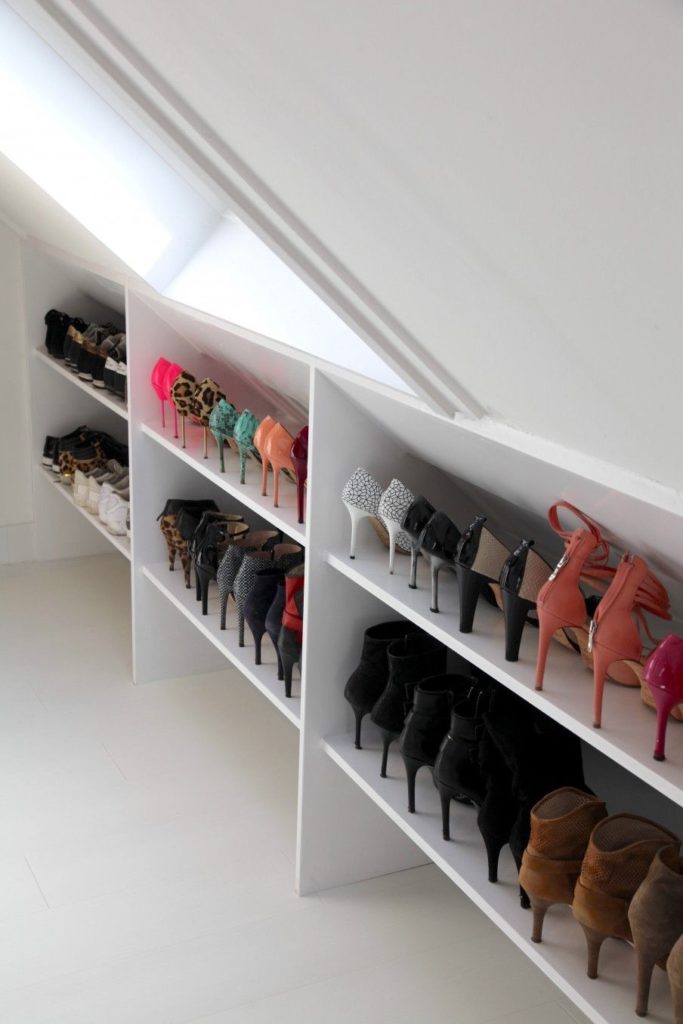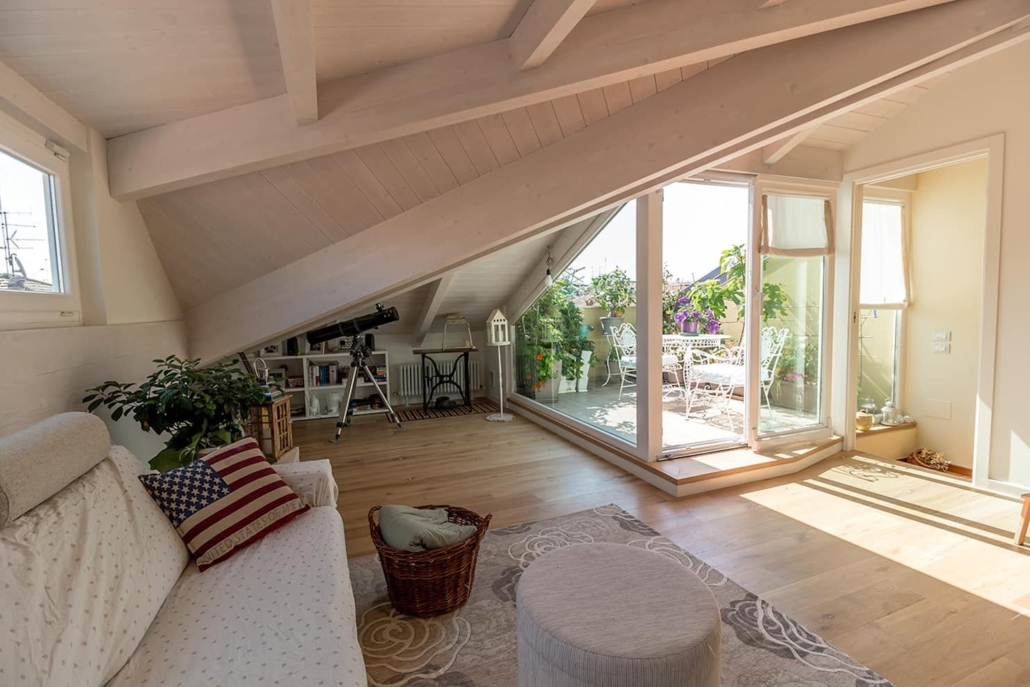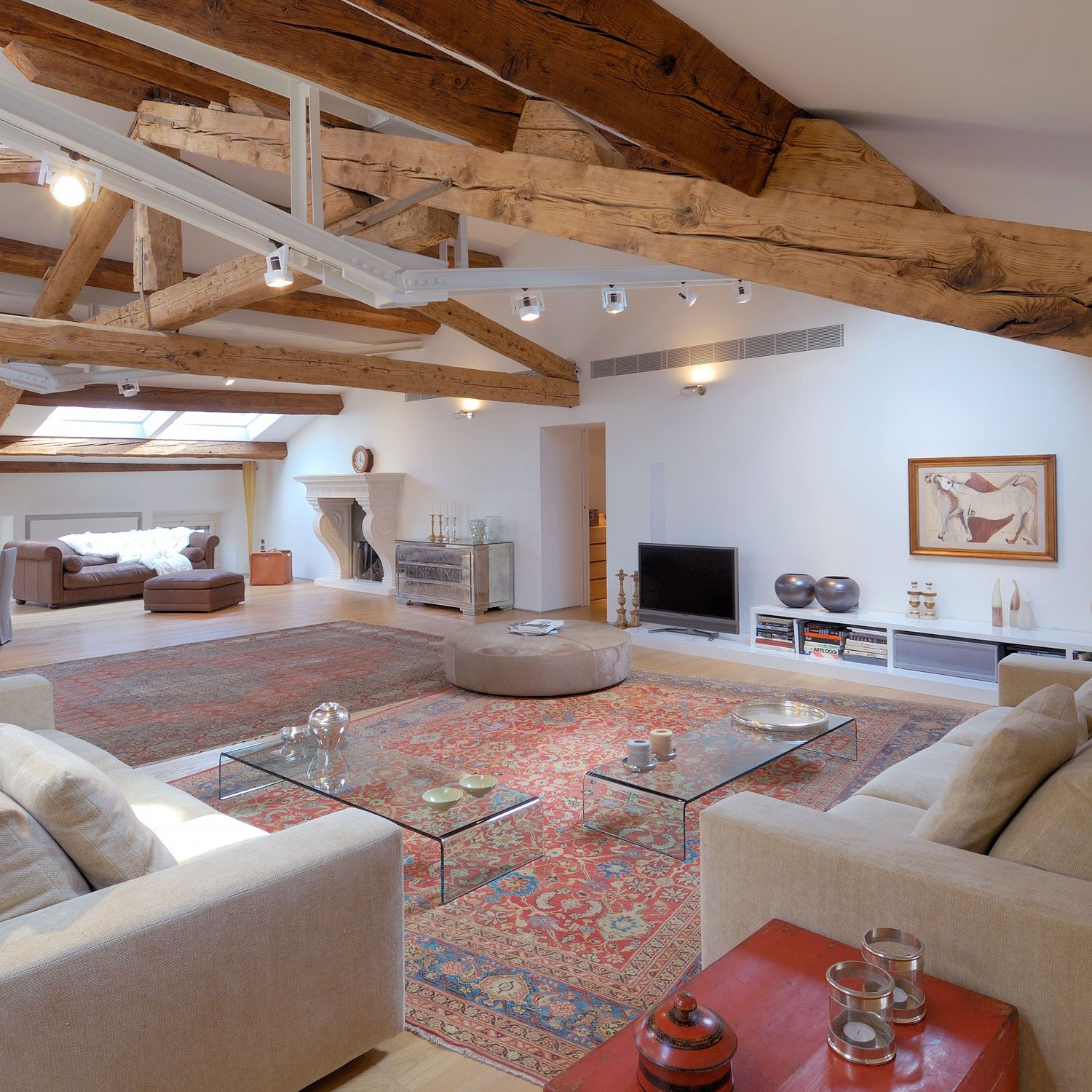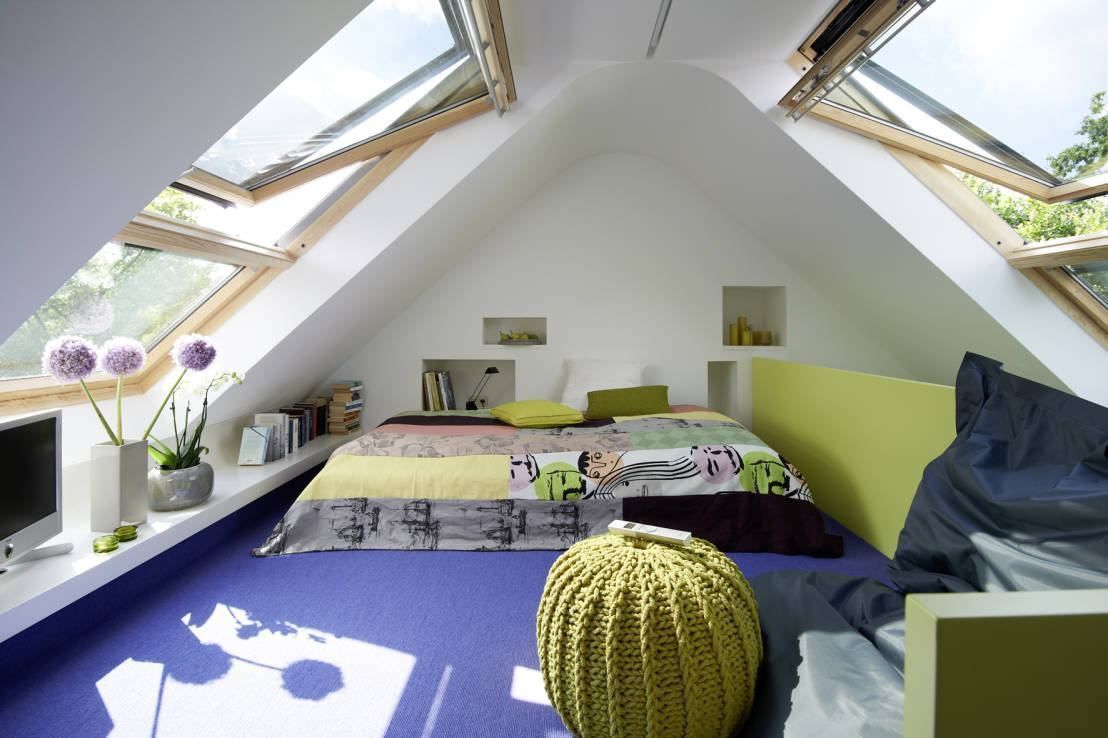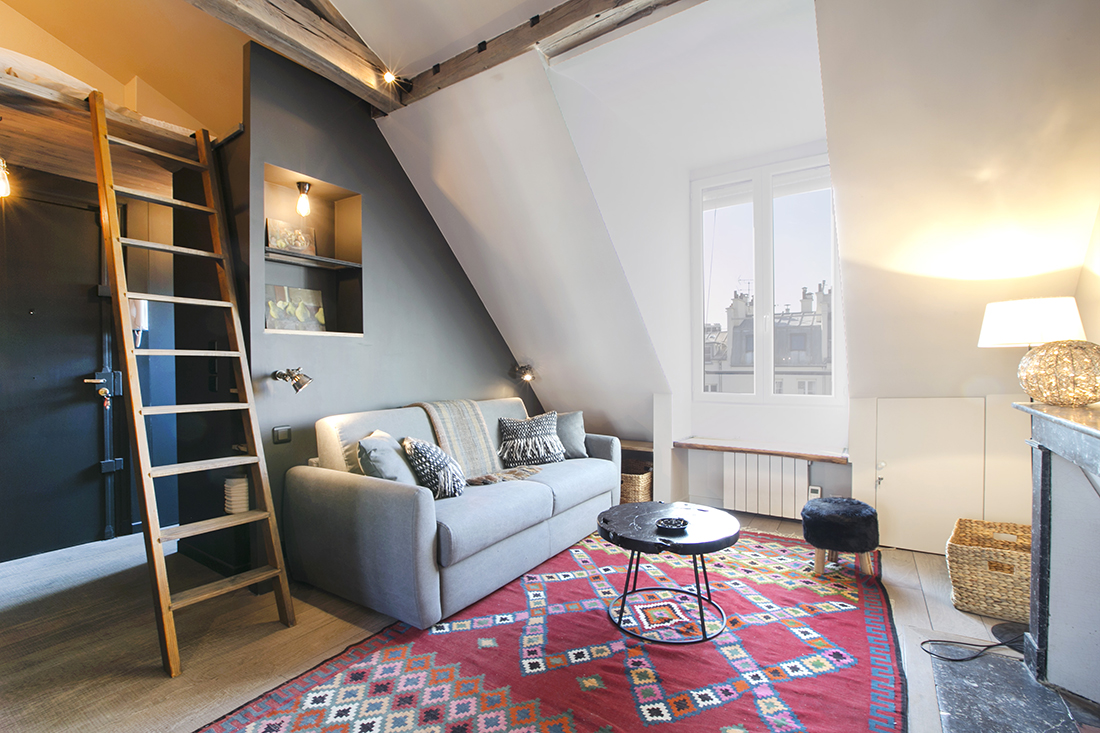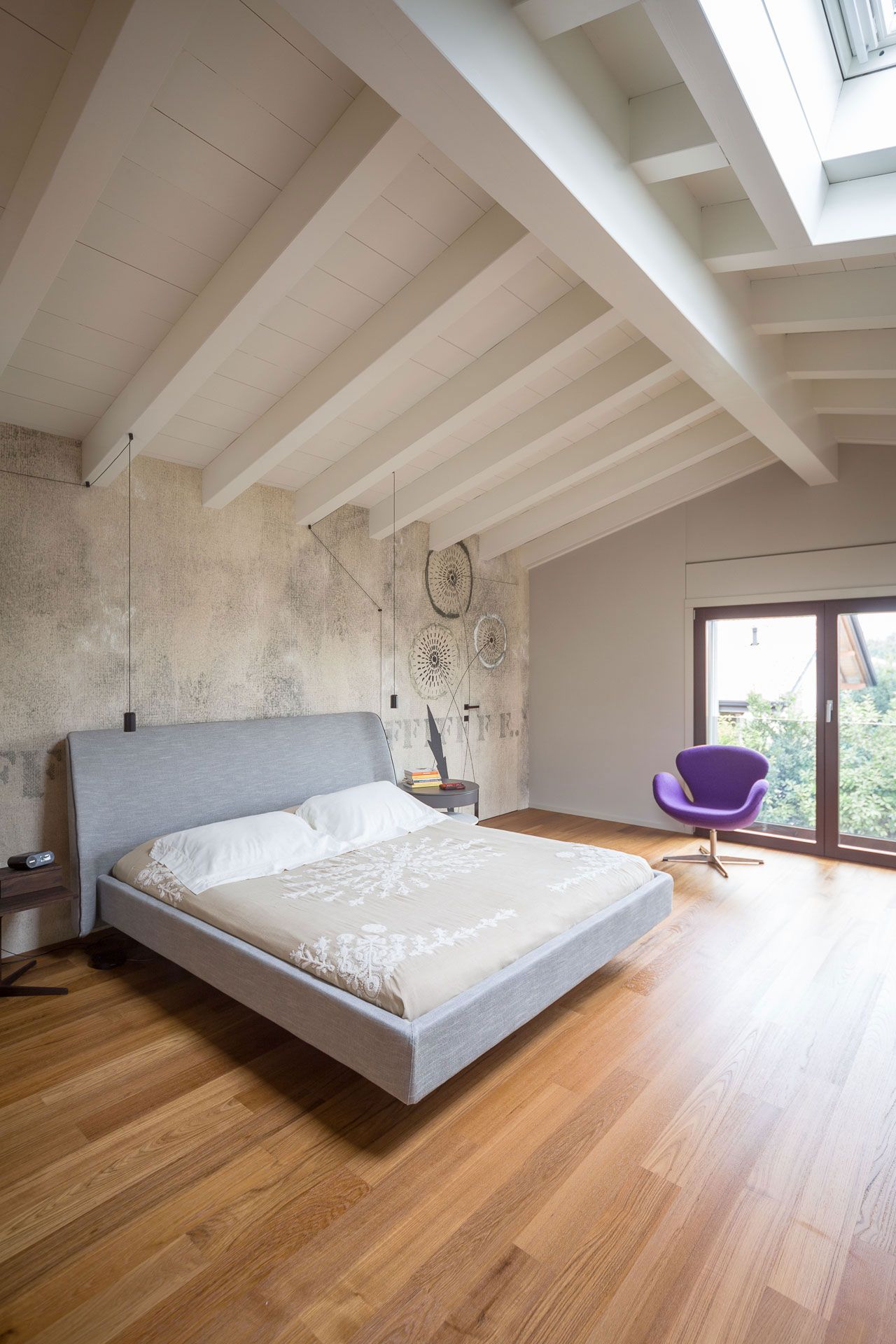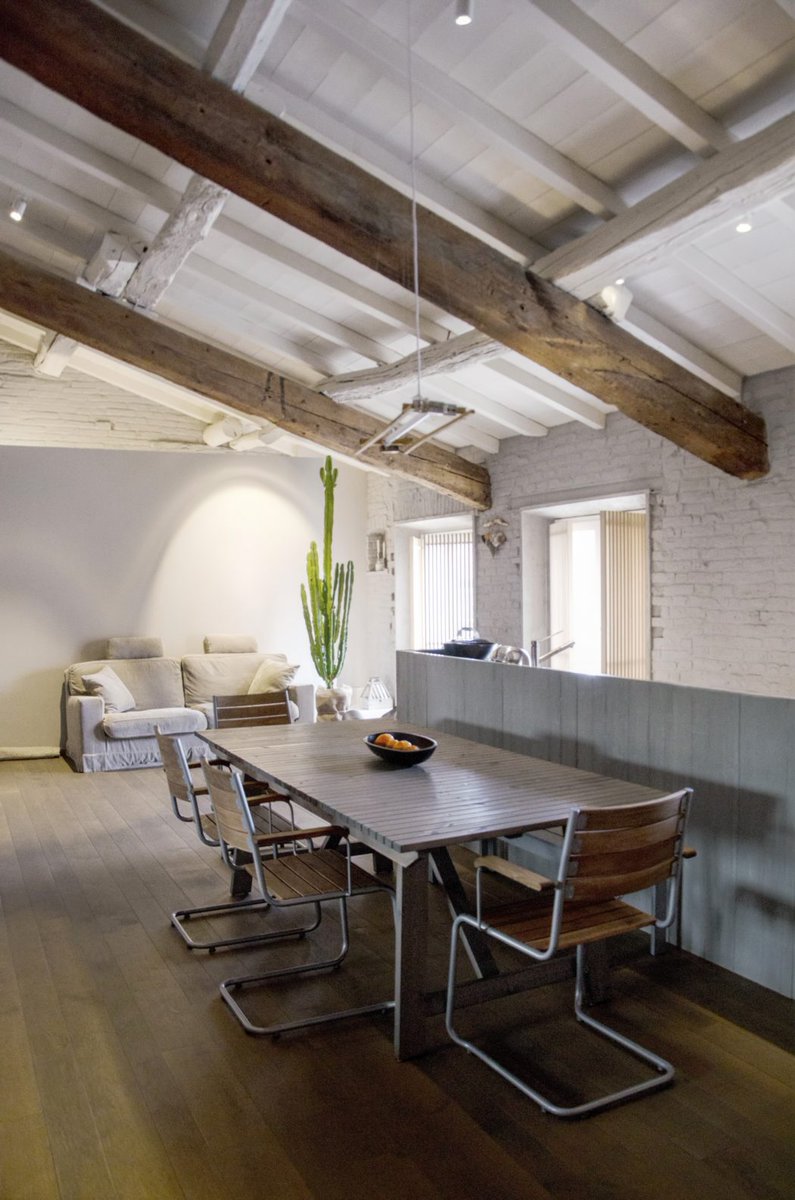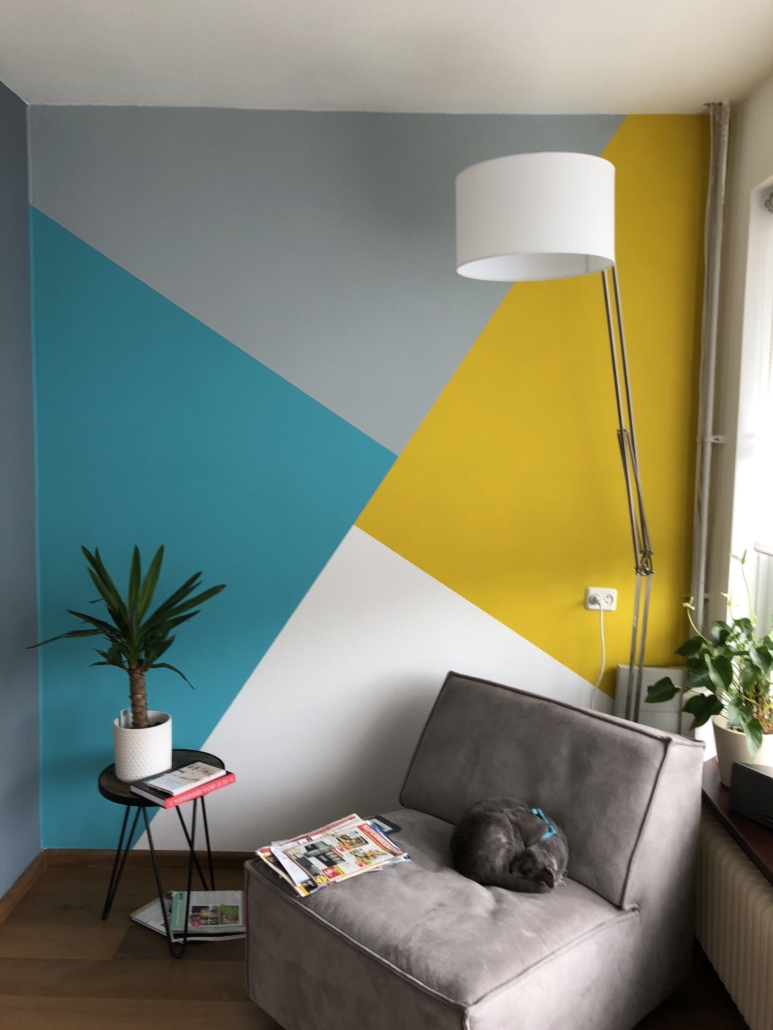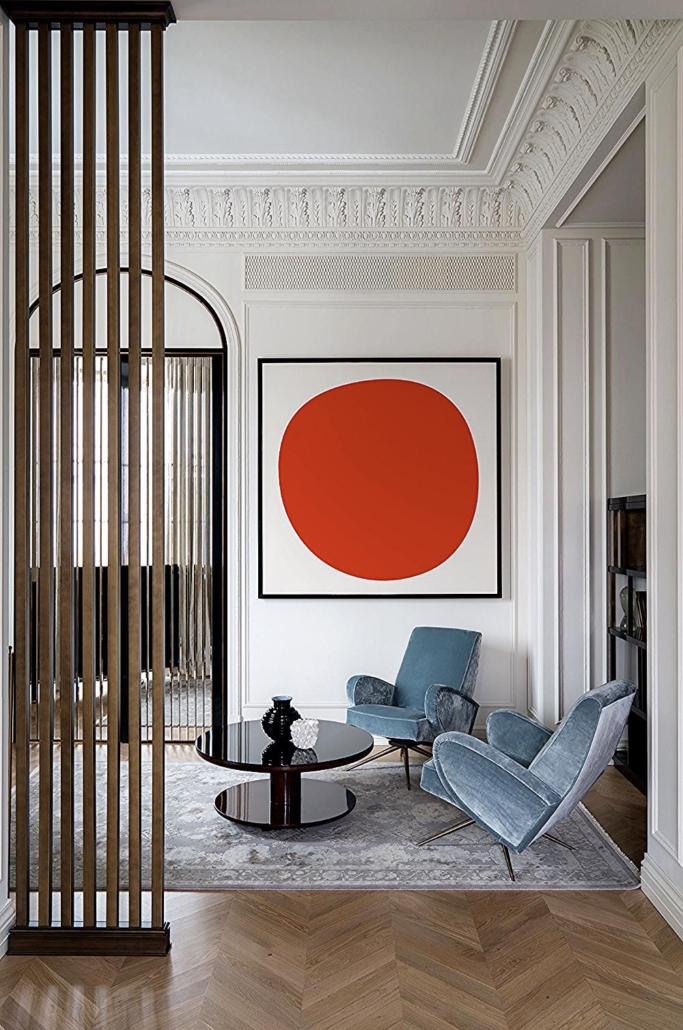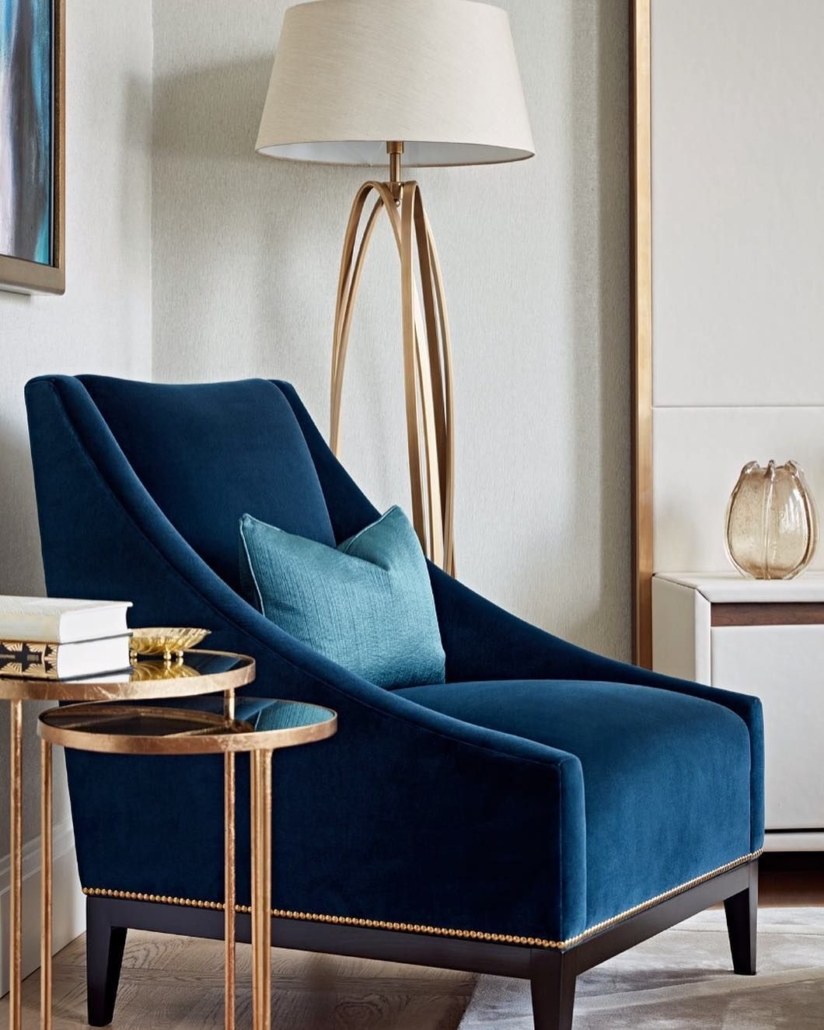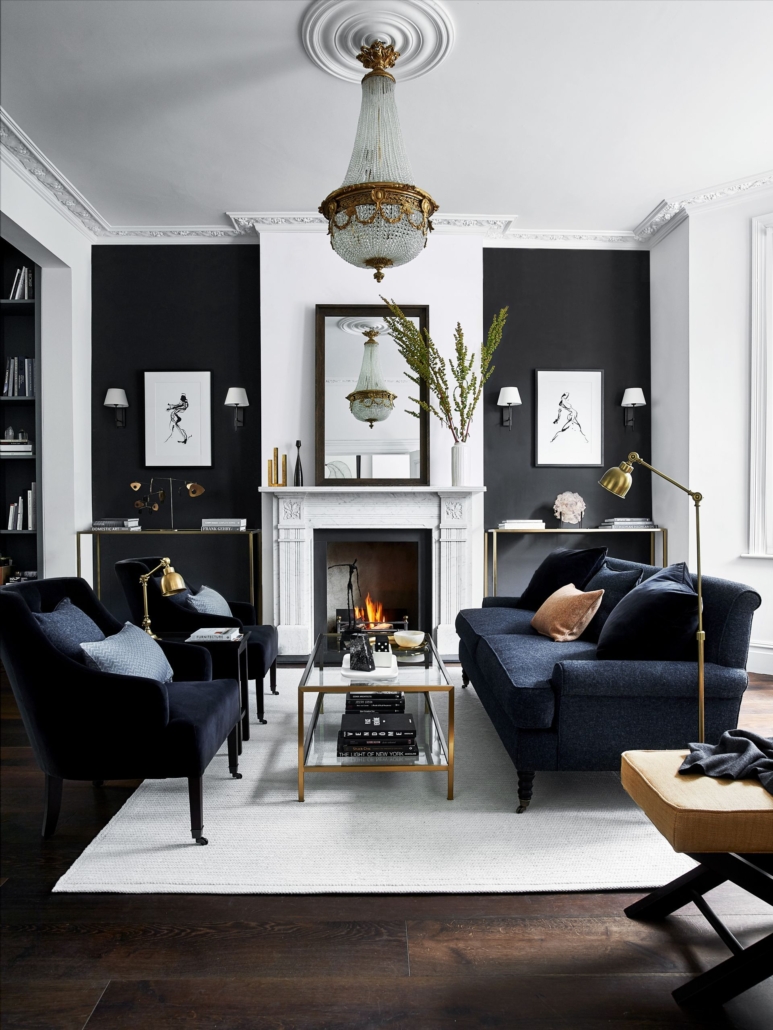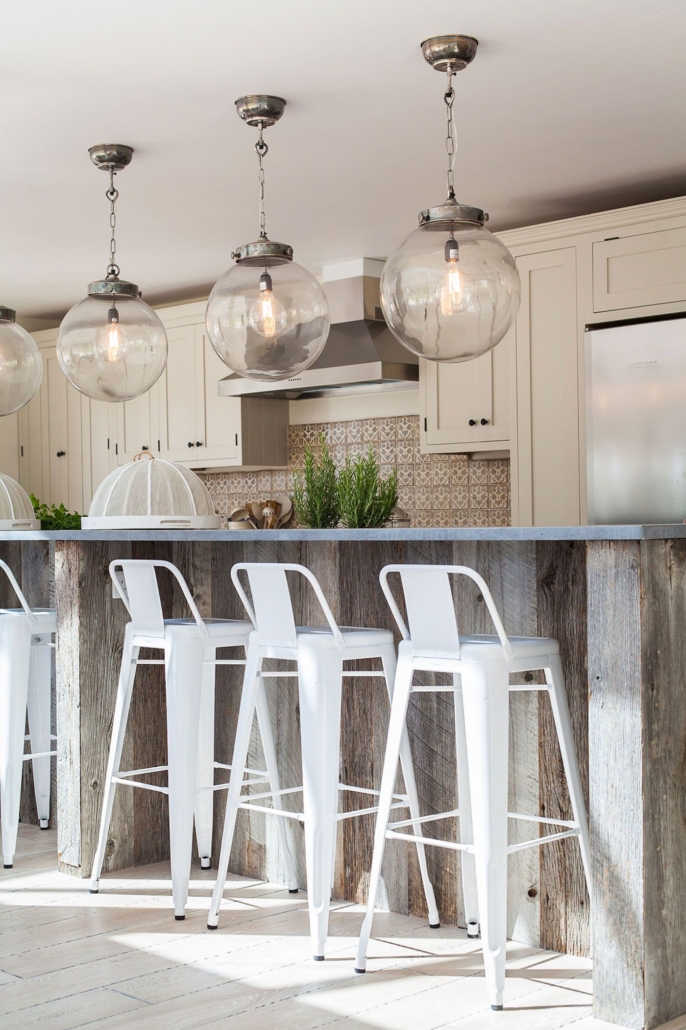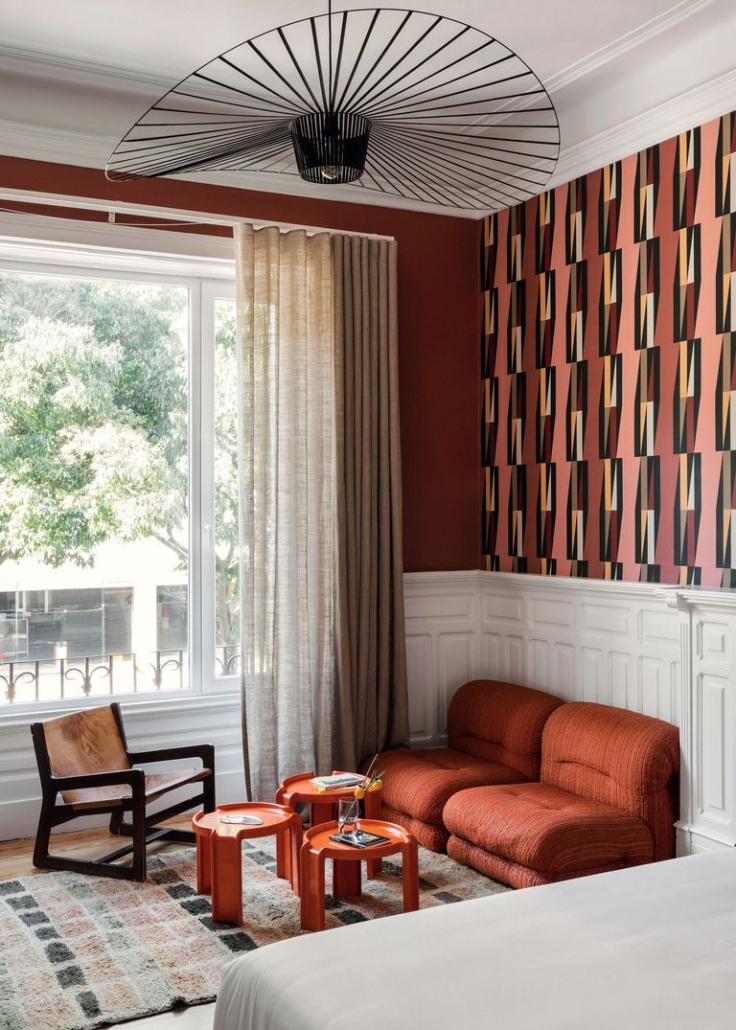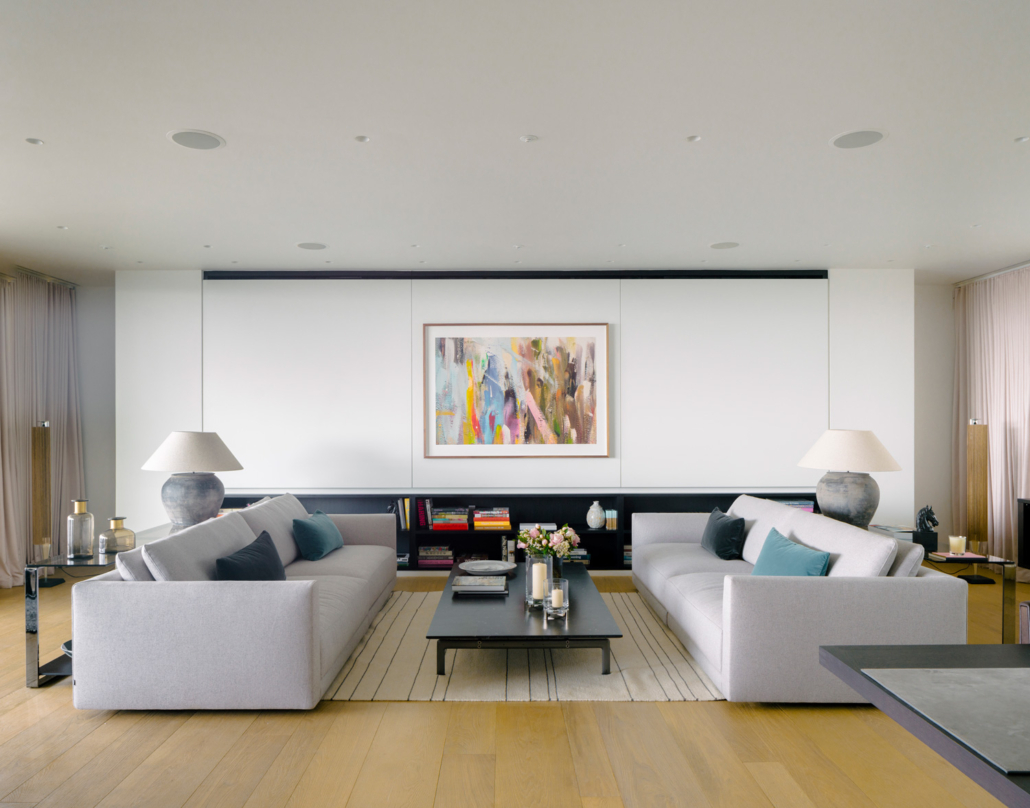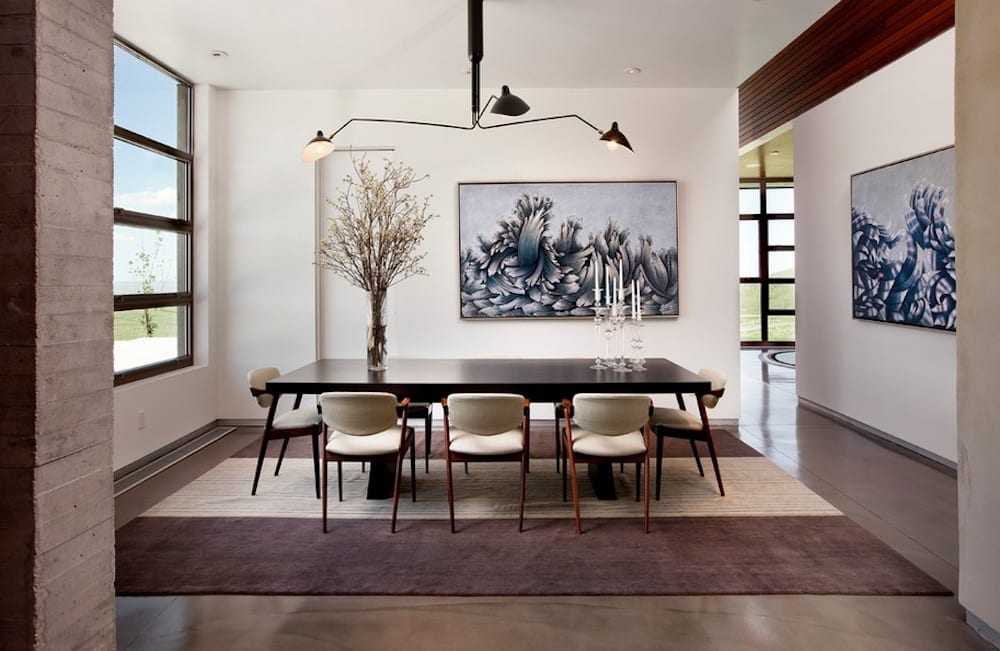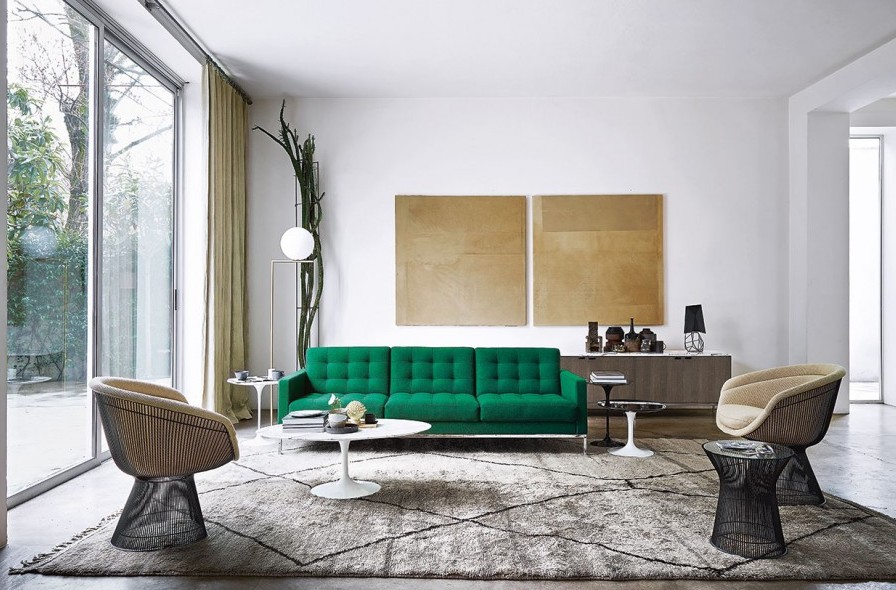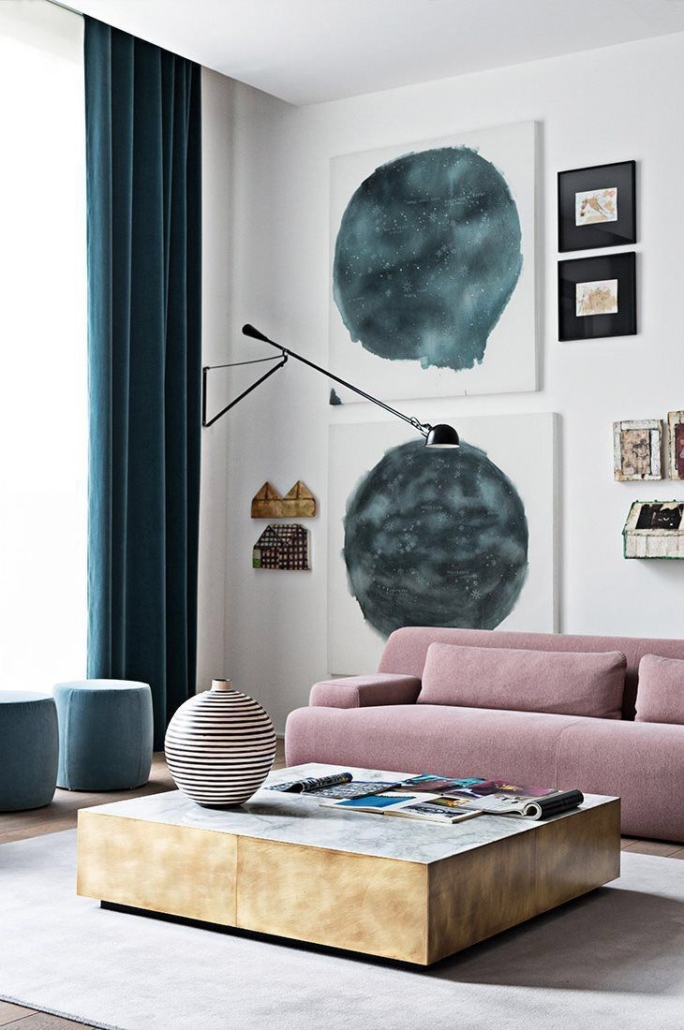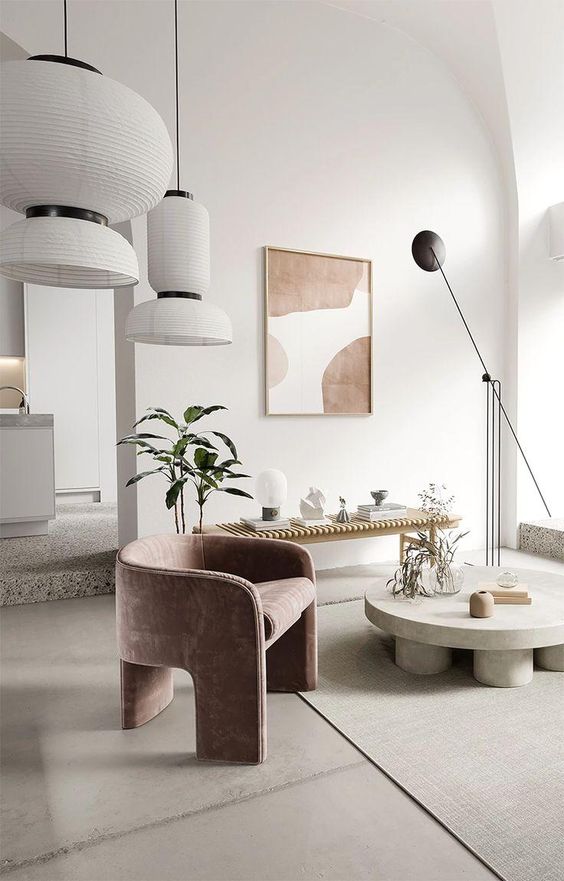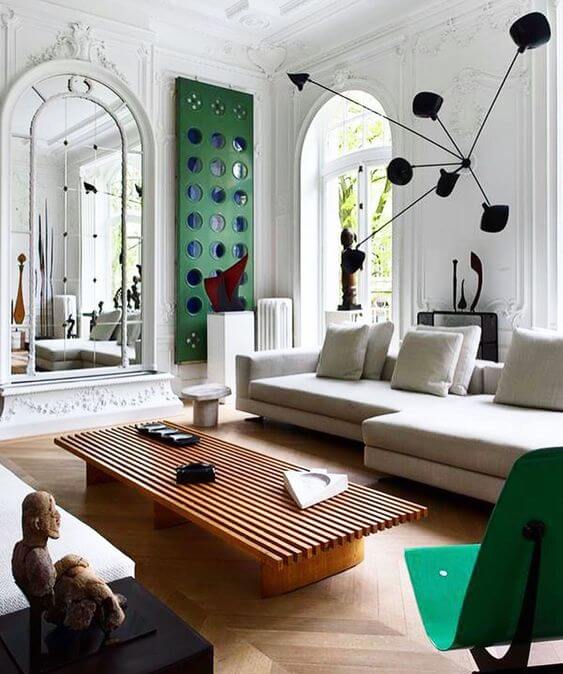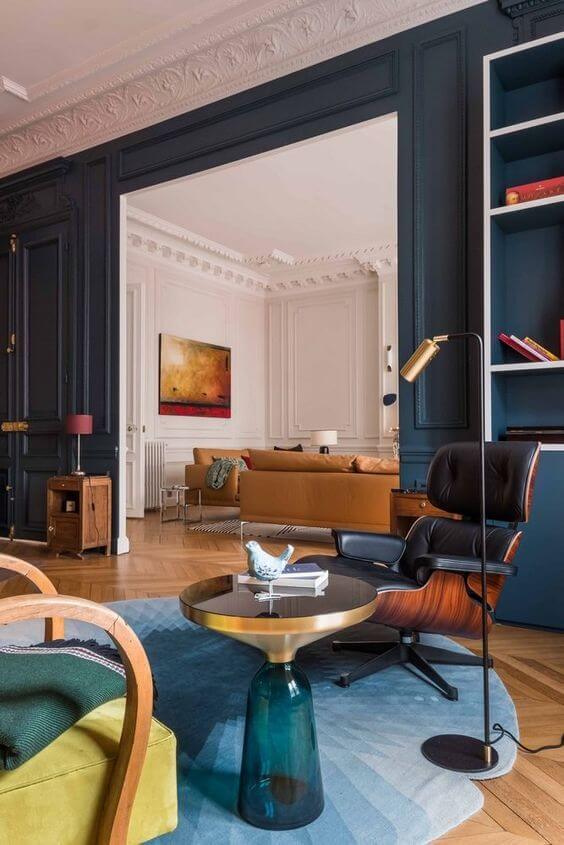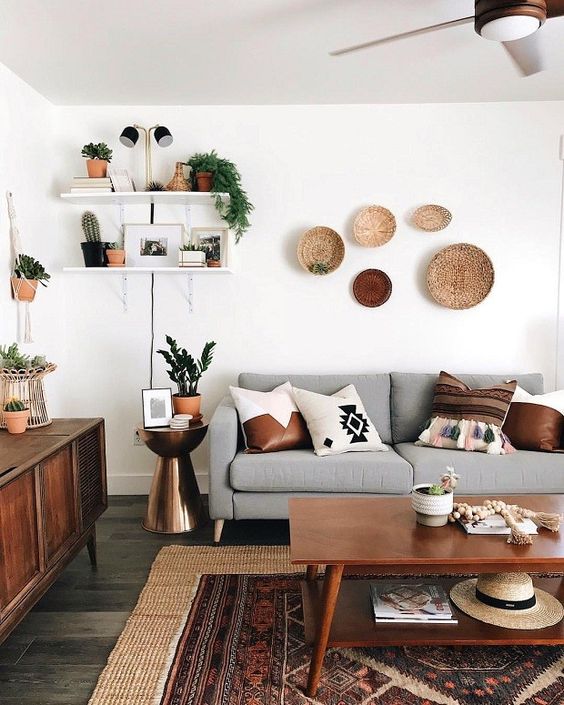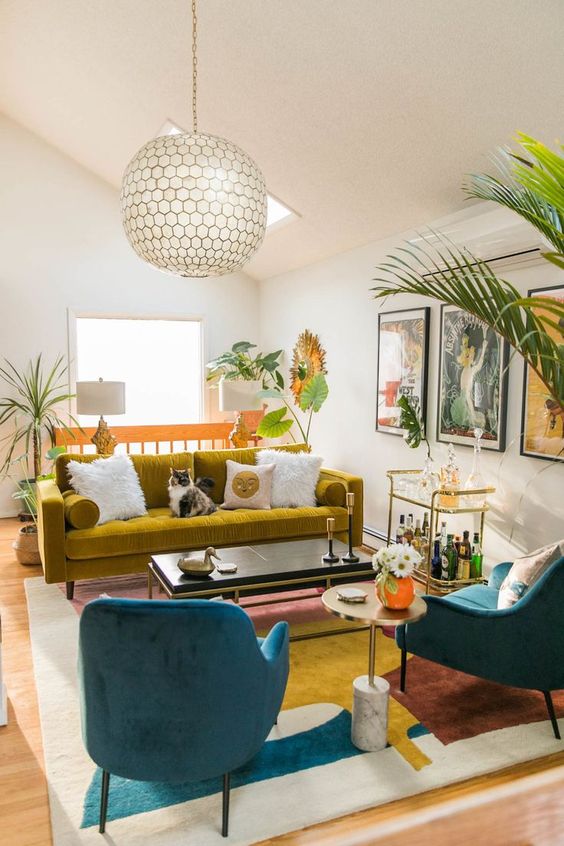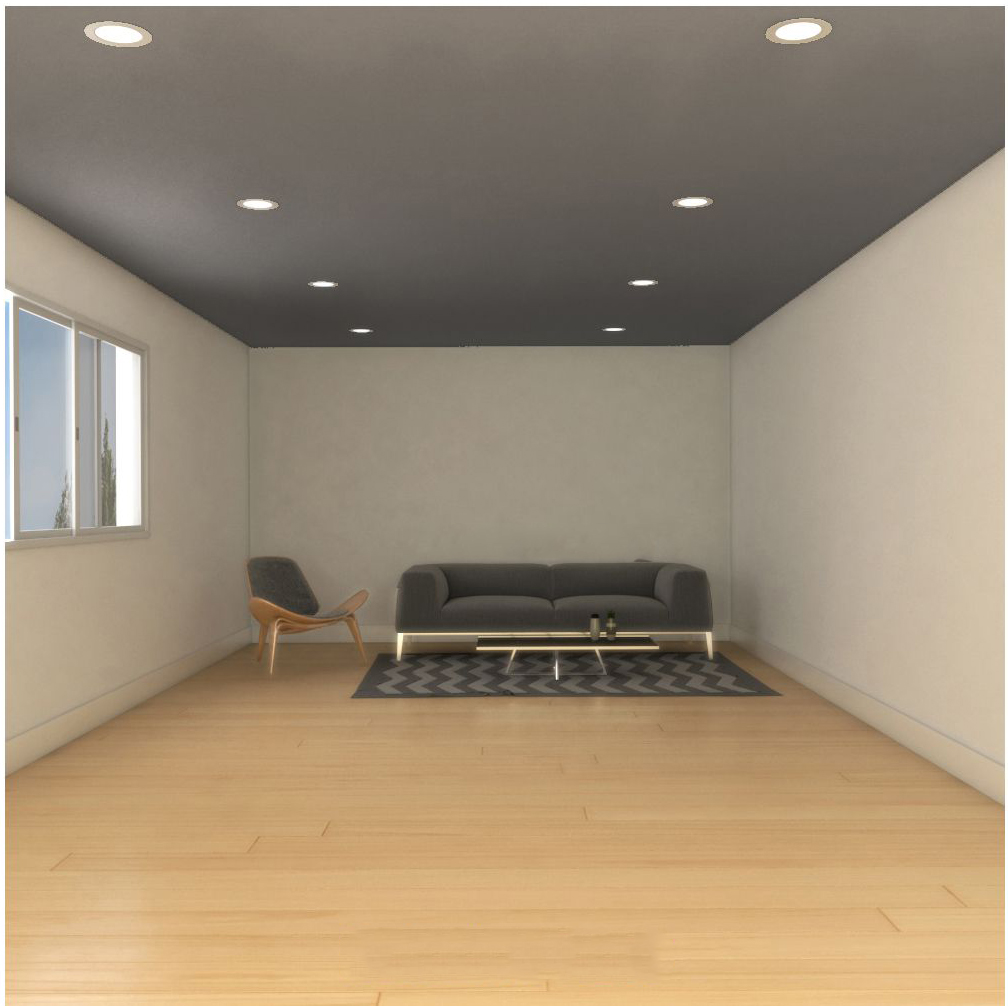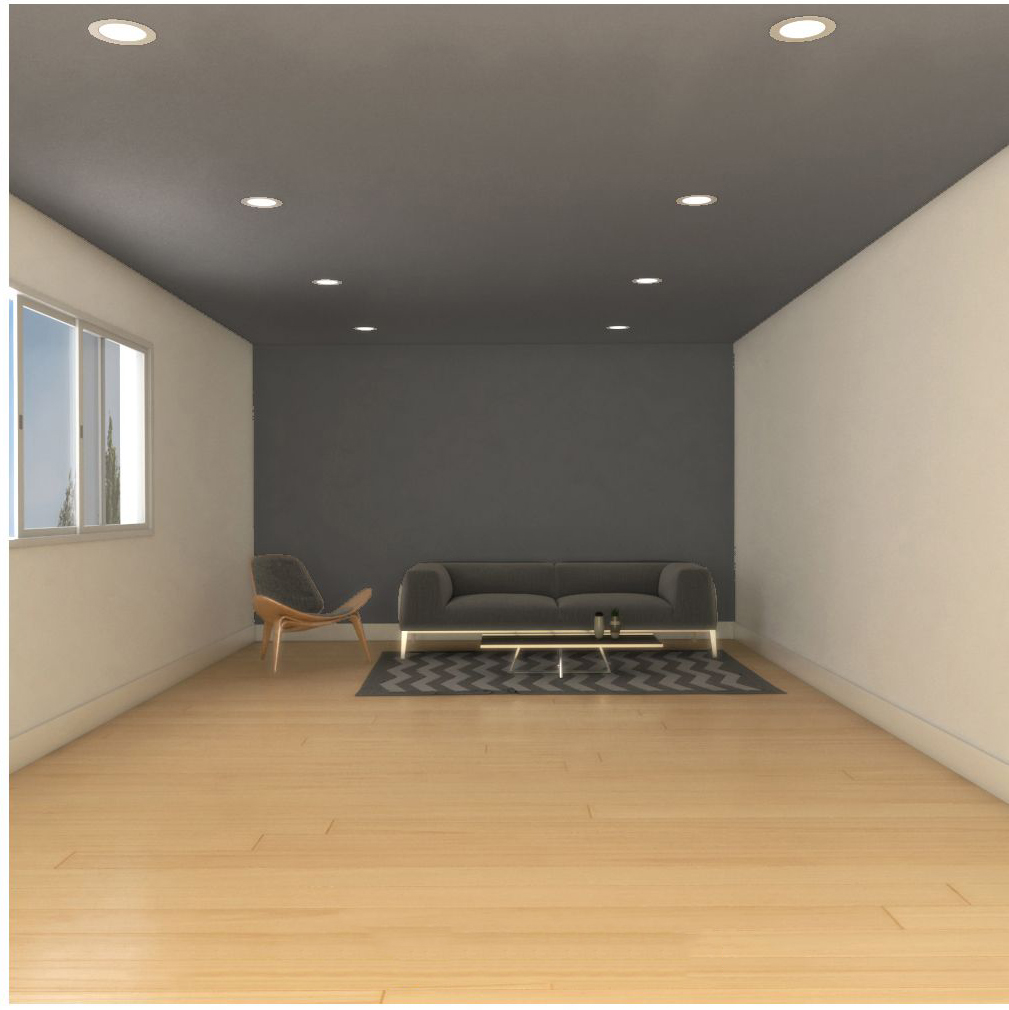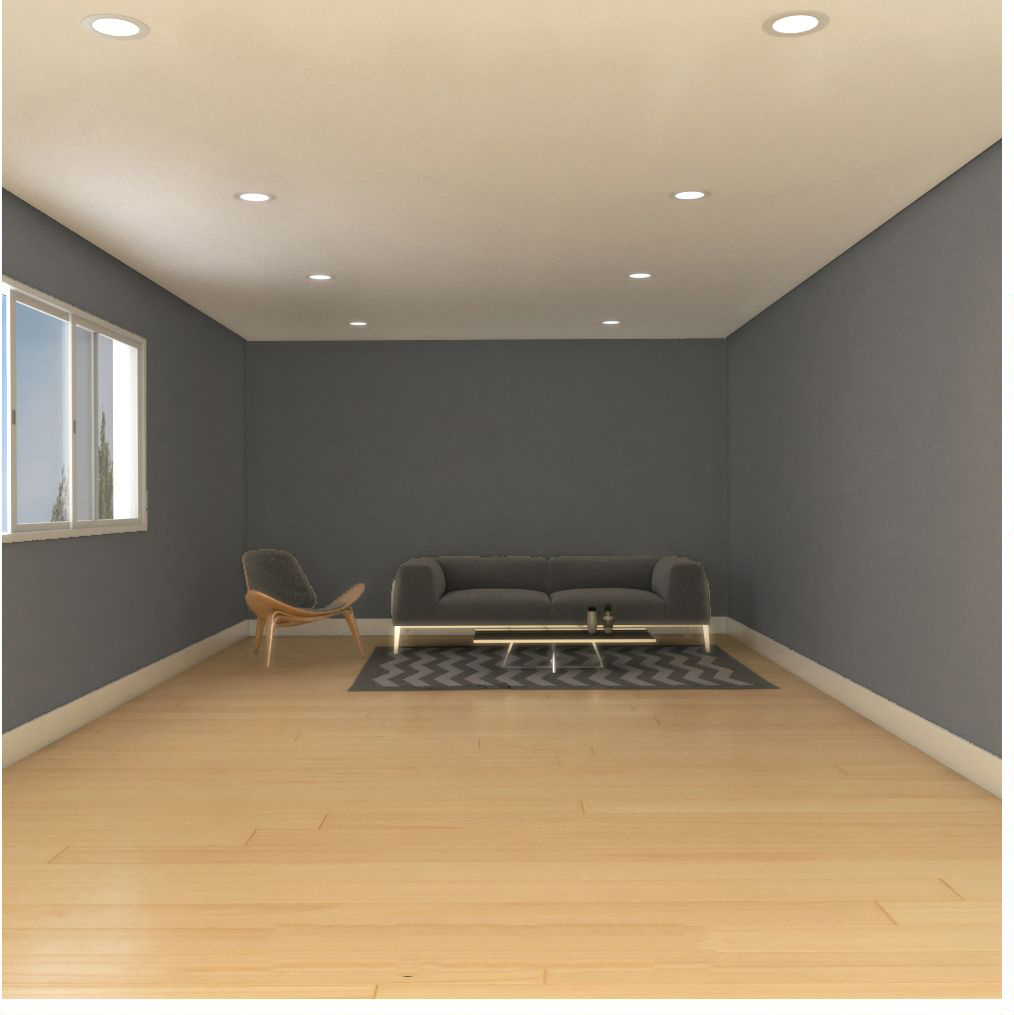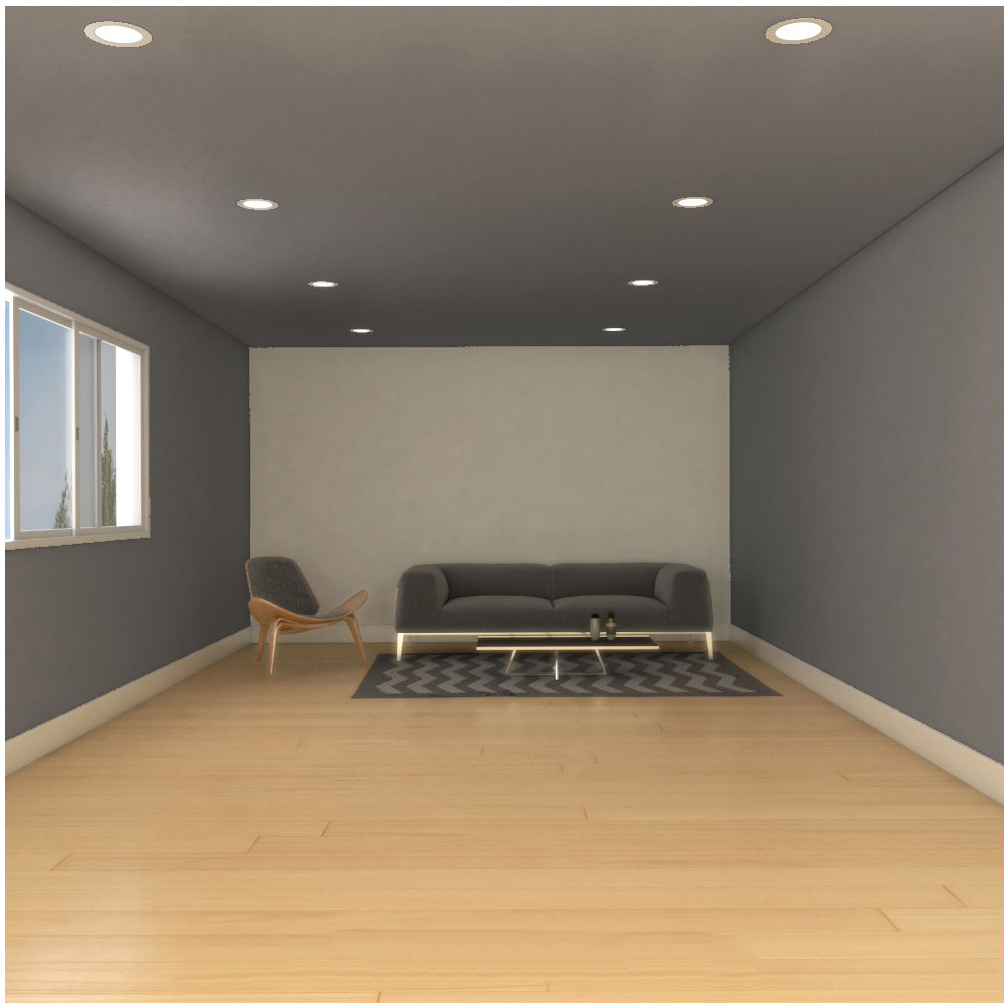Making your home inviting and welcoming is paramount, just as is making it personal and unique!
Two weeks ago, we discussed the 5 essential elements to make your home cozy. Today, I’d like to share some of my favorite items that can help make it more personal and intimate.
Things are quickly available at any price and will have a substantial impact on making your home truly special!
Furnishing and decorating your home doesn’t necessarily have to be expensive; you can find unique items for any budget!
But details can indeed make a difference, no matter what style or mix of styles you choose for your home.
Let’s take a look at these items together:
– WICKER BASKETS
As I mentioned in the video about Ikea products (you can find it here), baskets add warmth, bring texture, and even give a sophisticated touch to the room.
You can use them as a magazine holder, near the sofa, or as plant pot covers.
Baskets are a super easy and inexpensive way to add that extra touch to any room in the house!
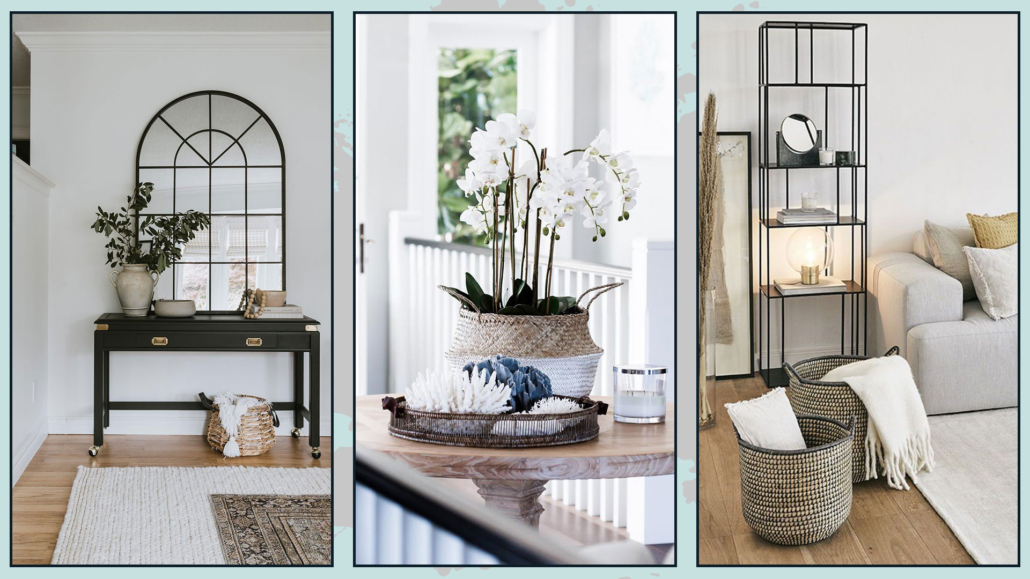
(credits: Botteh Tapetes; coastalvintage.blogspot.com; mypie.site)
– CANDLES AND CANDLEHOLDERS
Candles create an atmosphere even when they’re unlit.
When they burn, they add fragrances and warm light.
The right candle holder can help create a beautiful composition.
They come in all shapes and materials, so choose the one that best matches your home’s style.
You might even combine different materials and shapes for a unique effect!
Candles are another inexpensive way to enhance the ambiance and make your home welcoming, inviting, and personal!
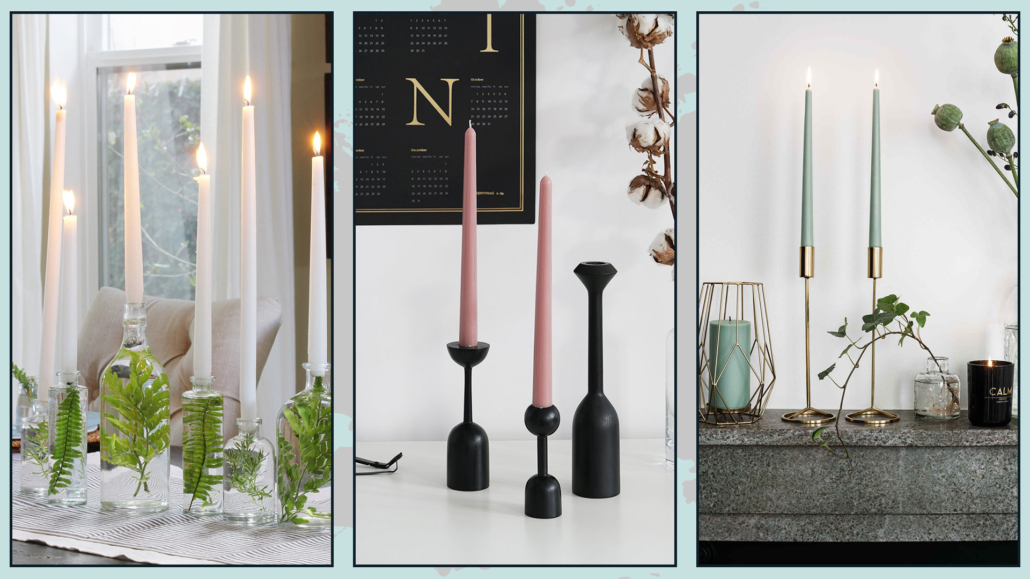
(credits: olagiatingunaika.gr; aliexspress.com; ilpampanodesignbimbi.com)
– WALLPAPER
Wallpaper has a powerful visual impact and comes in an infinite variety of colors and designs.
You don’t need to cover all the walls; but use it strategically to create a focal point, which will help emphasize that particular area.
You can place it on the wall behind the bed, sofa, or, why not, even in the bathroom!
In this case, there are wallpapers specifically designed to withstand humidity.
Wallpaper is a great way to add movement, color, and dimension to a room.
When choosing wallpaper, remember to consider the colors and furnishings you already have in your home to maintain harmony!
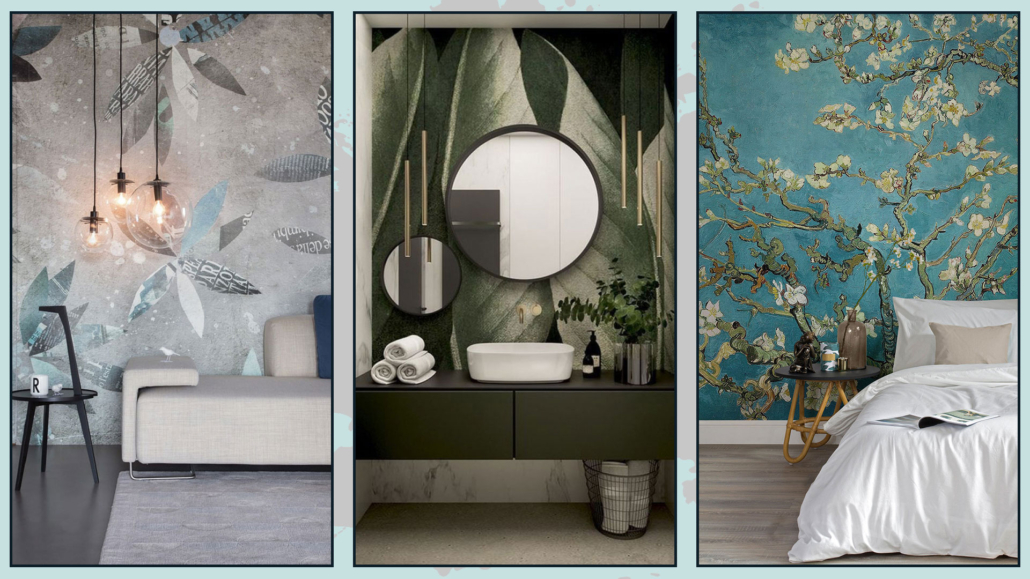
(credits: wallanddeco.com; artheco.it; lionshome.it)
– COLOR
How many times have you heard me say it?
Color is indeed a powerful ally for decorating and personalizing your home.
Like wallpaper, you don’t have to use it on all the walls; you can paint just one wall or a portion of it.
You can use color only for furniture or accessories, although that might miss that special touch.
One way to make a room inviting and welcoming is to use a color on a wall and then pick up that color in some objects, such as cushions, an armchair, or a rug.
That creates cohesion, harmony, and rhythm!
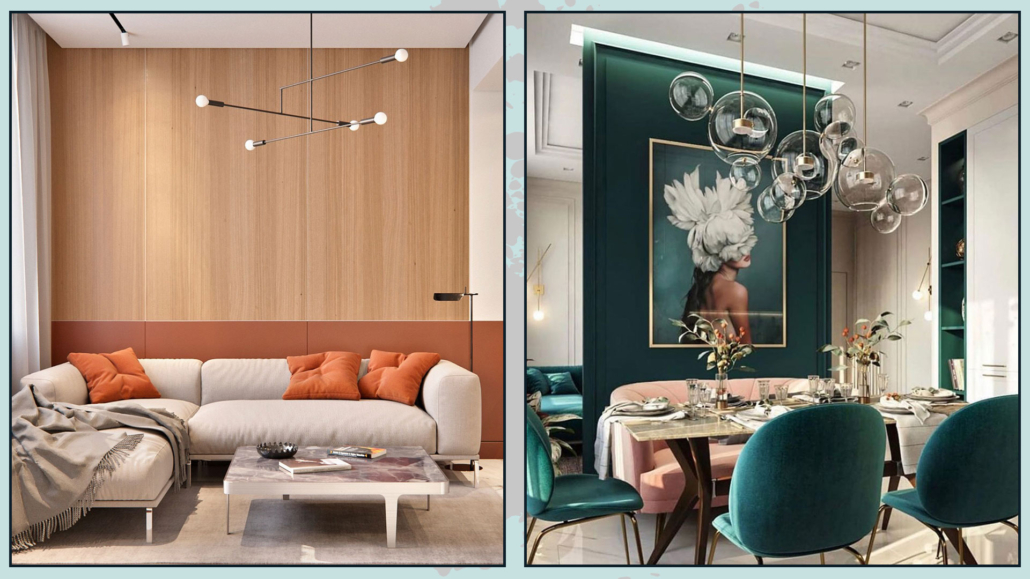
(credits: wayfair.com; @interiors_dd)
– MIRRORS
A mirror is essential in the case of a small room because it reflects light and amplifies the space.
But regardless, a mirror is an element that immediately adds a touch of elegance and style!
You can place mirrors anywhere: in the entryway, above the fireplace for those lucky enough to have one, in a hallway, above the sofa, or even leaning against the wall on the floor.
Mirrors come in all shapes and sizes, and again, for all budgets!
It’s a decorative element with a strong impact that can make a big difference!
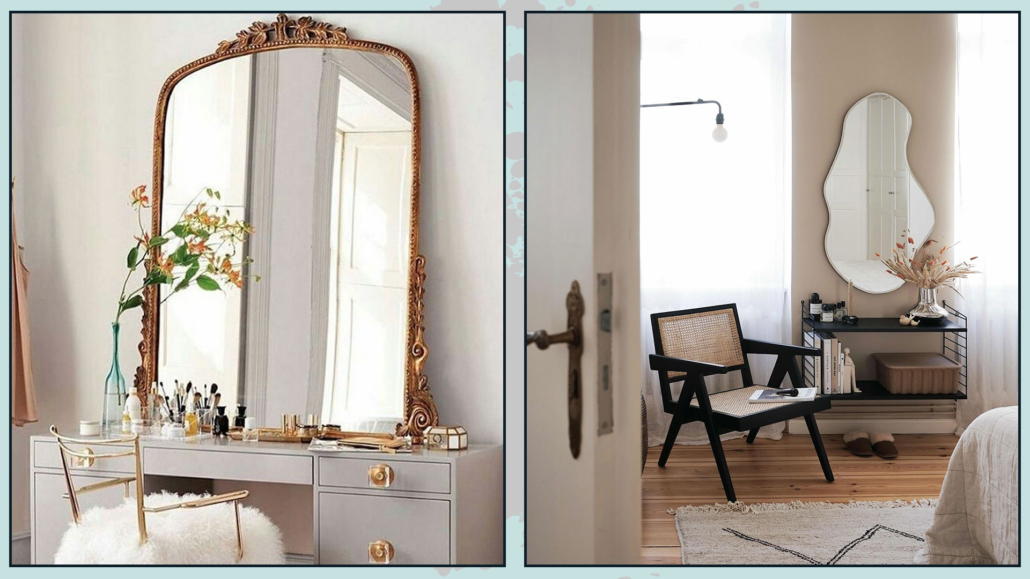
(credits: theurbnite.com; ferm living)
– LAMPS
Lamps are functional because they provide light but can be very decorative, too.
When adding a lamp, consider what you do in that room so you can use it most profitably for you while adding that extra touch of charm.
For example, if you like to read in your favorite armchair, a beautiful floor lamp would be convenient, or if you have a nearby surface, a lovely table lamp!
Like candle holders, lamps come in different materials and various shapes!
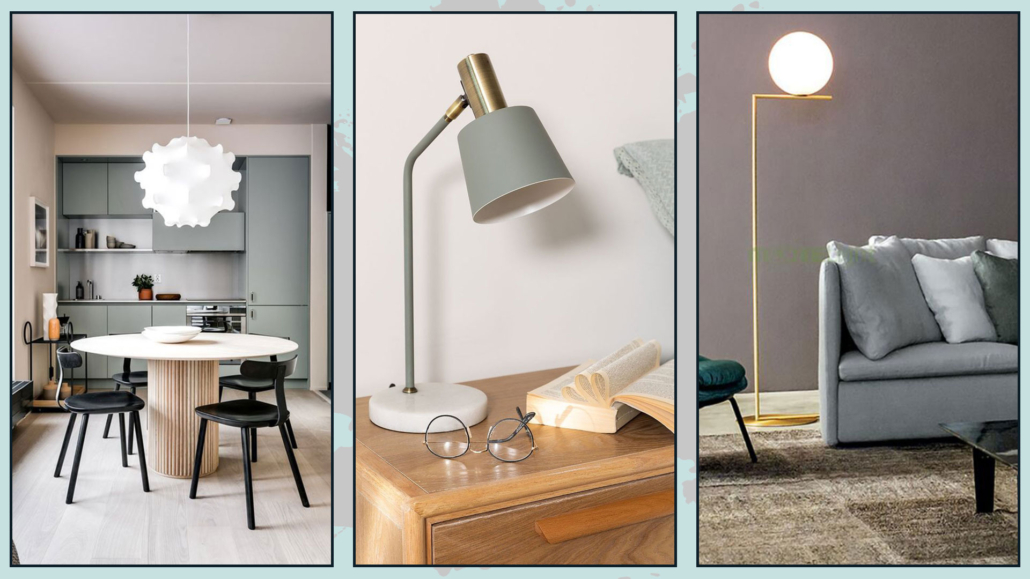
(credits: Noted Design Studio; sklum.com; diffusioneshop.com)
– PLANTS AND FRESH FLOWERS
Plants and flowers transform a space, making it instantly more elegant while adding a touch of freshness, color, and even fragrance!
Their organic shapes and air-purifying abilities also help with relaxation.
Look around your space and see where you need life and color; that’s the right spot to place a plant or a vase of flowers!
You might also consider placing a vase with leaves like a monstera, which lasts for weeks and makes a significant impact!
There are easy-to-care-for plants that can definitely enhance the style of your home!
Remember to beautify your plants with pretty pot covers!
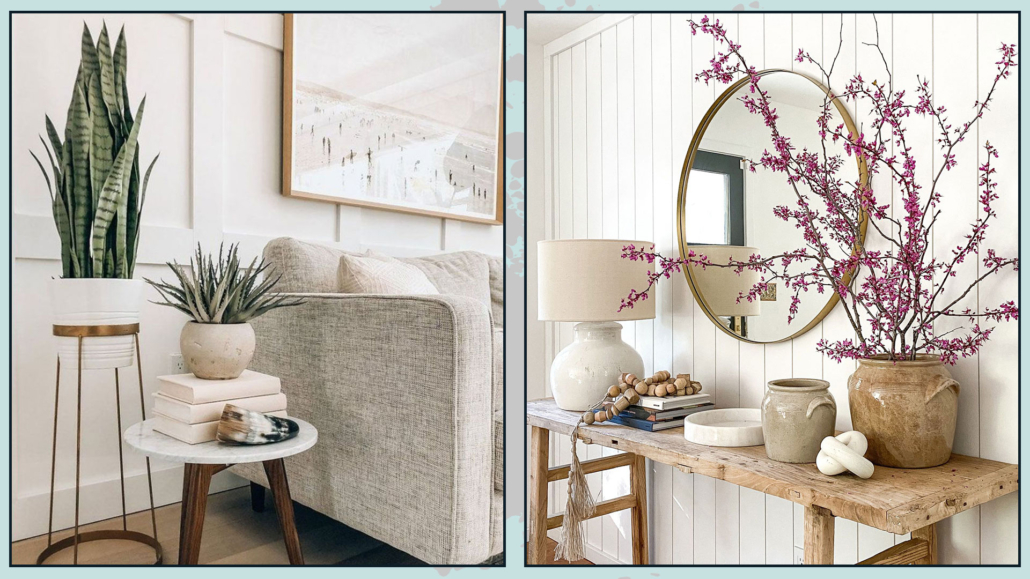
(credits: Brianne Penney; thevintagerugshop.com)
– USE SOMETHING YOU LOVE
There is nothing more personal than decorating with your passions!
Do you love photography? Create a beautiful gallery of images!
Do you love books? Place them on a coffee table to add a touch of sophistication.
Using what you have and what represents you is a creative way to decorate and make your home truly unique!
Your home should represent you, so show who you are and use what you love to make your home personal!
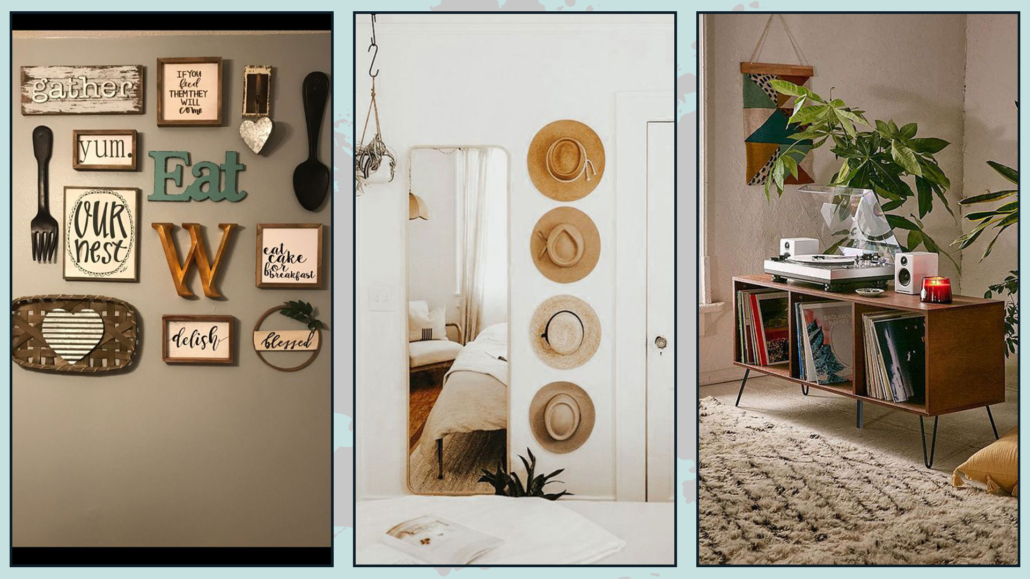
(credits: @Brittney Edwards; etsy.com; urbanoutfitters.com)
Are there other elements you think are essential to make a home inviting, welcoming, and personal? Let me know in the comments!
I hope this article has been helpful and enjoyable for you. If so, let me know in the comments!
Feel free to share it with anyone you think might be interested, I would be honored, and it will help me gain more exposure.
If you feel that your home, or any specific area of it, doesn’t reflect your personality enough, don’t wait any longer and book your consultancy!
